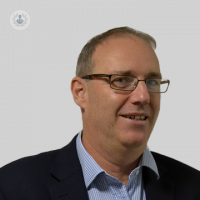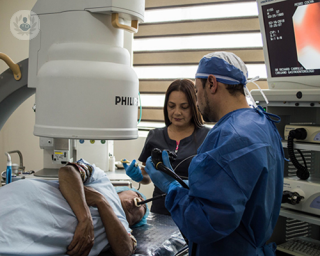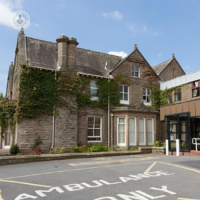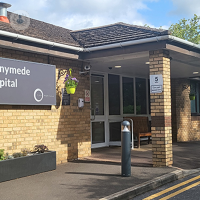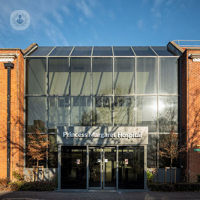Therapeutic endoscopic retrograde cholangiopancreatography (ERCP)
What is an endoscopic retrograde cholangiopancreatography (ERCP)?
Endoscopic retrograde cholangiopancreatography (ERCP) is a procedure that combines upper gastrointestinal (GI) endoscopy and X-rays to treat problems of the bile and pancreatic ducts. It is used to diagnose and treat conditions of the liver, bile ducts, pancreas, or gallbladder. Therapeutic ERCP is most commonly used to remove bile duct stones, but it can also be used in the placement of stents, and in the sampling of tissue, among other treatments.

How is a therapeutic endoscopic retrograde cholangiopancreatography performed?
During the procedure, a long flexible tube with a small camera and light at the end, called an endoscope, is passed through your mouth and down into your stomach and duodenum. A dye is then injected into the bile ducts and gallbladder to show them up clearly on an X-ray.
Why is an ERCP carried out?
An ERCP is performed when your bile or pancreatic ducts have become narrowed or blocked because of gallstones that form in your gallbladder and become stuck in your common bile duct. Other reasons why it is performed are to treat infection, acute pancreatitis, chronic pancreatitis, trauma or surgical complications in your bile or pancreatic ducts, tumours, bile duct cancer, or cancers of the pancreas.
Who is an ERCP suitable for?
The procedure is suitable for people who have jaundice, abdominal pain, unexplained weight loss, or abnormal liver tests.
What are the associated risks of an ERCP?
The risks associated with ERCP include bleeding, infection, perforation of the bowel wall, pancreatitis (inflammation of the pancreas), and reaction to the sedative used during the procedure.
What does recovery from an therapeutic ERCP entail?
Recovery time varies depending on the individual. You may feel bloated and have some discomfort for a few days after the procedure. You may also experience a sore throat from the endoscope.
